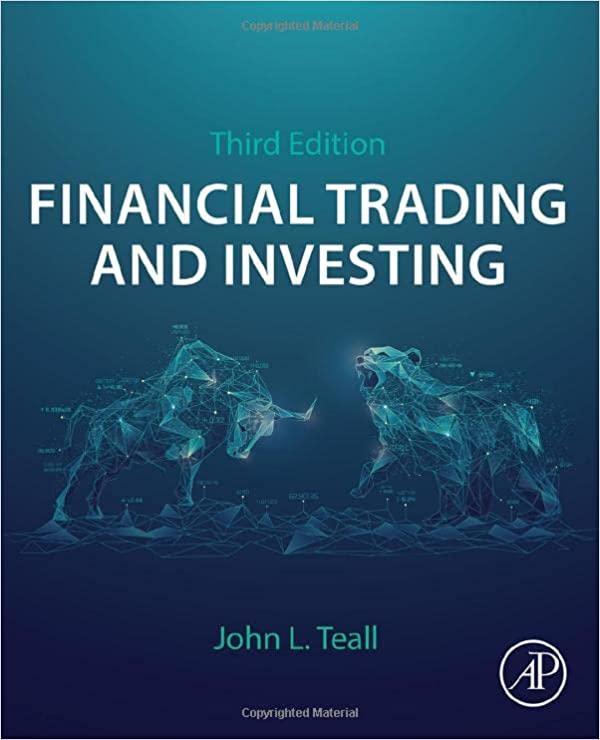a. Suppose that stock price changes in a given market from transaction to transaction are clearly and
Question:
a. Suppose that stock price changes in a given market from transaction to transaction are clearly and statistically inversely correlated, bouncing between prices in a definable range. Is it more likely that transaction prices are influenced by asymmetric information availability, random arrival of information, or frictions such as transactions costs?
b. Suppose that stock price changes in a given market from transaction to transaction are clearly uncorrelated, randomly fluctuating over time. Is it more likely that transaction prices are governed by asymmetric information availability, random arrival of information (that is, perfectly or nearly perfectly efficient markets), or frictions such as transactions costs?
c. Suppose that stock price changes in a given market from transaction to transaction are clearly and statistically positively correlated and are more likely to move in a given direction displaying momentum. Is it more likely that transaction prices are governed by asymmetric information availability, random arrival of information, or frictions such as transactions costs?
Step by Step Answer:






